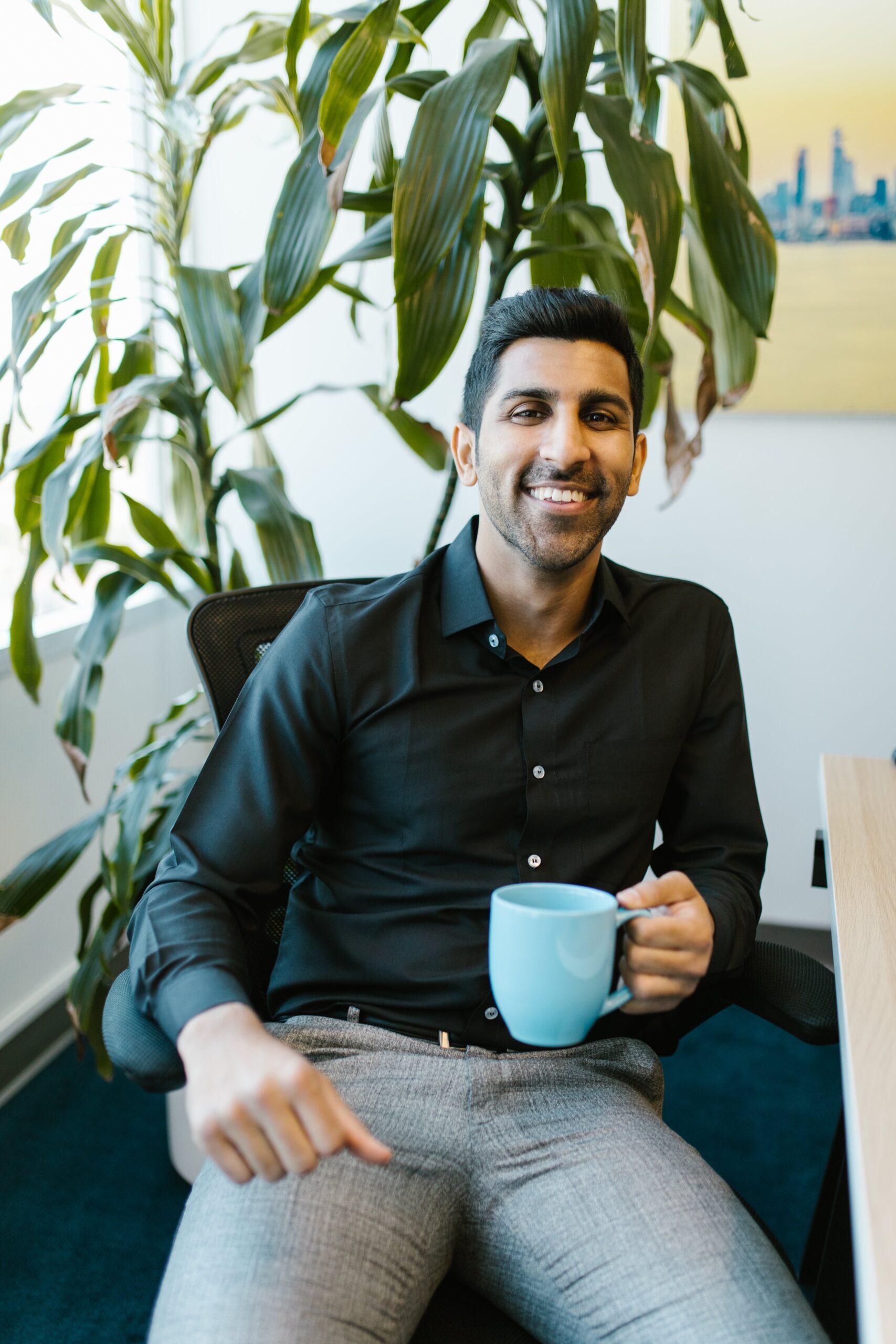In recent years, mindfulness has emerged as a wellness buzzword, often portrayed as the ultimate solution for stress, anxiety, and even physical ailments. From workplaces to schools and even the military, mindfulness practices are being widely embraced. But is it the “holy grail” it’s often made out to be?
While mindfulness offers undeniable benefits, it’s essential to take a balanced approach, recognizing not only its strengths but also its limitations and potential risks. This awareness allows you to make informed decisions about incorporating mindfulness into your life.
What Is Mindfulness?
At its core, mindfulness is about being present in the moment, observing your thoughts and feelings without judgment. Rooted in ancient Buddhist traditions, it has gained popularity in modern psychology through programs like Jon Kabat-Zinn’s Mindfulness-Based Stress Reduction (MBSR). Studies have shown mindfulness can:
- Reduce perceived stress levels
- Improve focus and emotional regulation
- Enhance overall well-being and resilience
However, defining mindfulness is not as straightforward as it may seem. Researchers and practitioners often use the term as an umbrella for various practices, from focused breathing to body scans and meditation. This lack of clarity can make it difficult to measure its effectiveness and set realistic expectations.
The Benefits Are Real, But So Are the Limits
There’s no denying the positive impact of mindfulness when used appropriately. For instance, a study by Economides et al. (2018) found that short mindfulness sessions via smartphone apps significantly improved emotional well-being. Similarly, Tellhed et al. (2019) demonstrated that combining mindfulness with physical practices like yoga reduced stress and improved sleep.
But it’s important to note that mindfulness isn’t a one-size-fits-all solution. Studies also reveal that:
- Its effectiveness is highly individual, influenced by factors like personality and prior experiences.
- Benefits often depend on the quality and consistency of practice.
- It may not be as effective for severe mental health issues, such as PTSD or clinical depression, without additional professional support.
The Potential Risks of Mindfulness
What’s rarely discussed is that mindfulness can have unintended consequences for some individuals. While it’s marketed as universally beneficial, studies have shown potential risks, including:
- Increased emotional distress: For some, focusing inward can amplify feelings of anxiety or unresolved trauma.
- Heightened self-criticism: Mindfulness practices that emphasize self-awareness may inadvertently lead to overthinking or negative self-judgment.
- Spiritual bypassing: Using mindfulness as a tool to avoid deeper emotional work can hinder long-term growth.
Moreover, the commercialized portrayal of mindfulness as a cure-all can lead to unrealistic expectations. As Van Dam et al. (2018) noted, the widespread adoption of mindfulness has outpaced the empirical evidence, creating a gap between public perception and scientific findings.
Mindfulness as a Tool, Not a Panacea
So, where does that leave us? Mindfulness is undoubtedly a valuable tool for managing stress and cultivating self-awareness, but it’s not a magical cure for all of life’s challenges. Like any practice, it requires effort, consistency, and a balanced perspective.
If you’re considering mindfulness, it’s essential to:
- Approach it with realistic expectations.
- Work with a qualified professional who can tailor practices to your unique needs.
- Combine it with other strategies, such as physical activity, healthy habits, and professional mental health support when needed.
Take the First Step Towards Balance
Mindfulness is just one part of the bigger picture of mental and physical well-being. If you’re ready to explore how mindfulness, stress management, and tailored support can transform your life, I’m here to guide you.
——————-
📅 Book Your Appointment Today
Let’s work together to create a holistic plan that aligns with your goals and values. Mindfulness may not be the holy grail—but when approached with care and balance, it can be a powerful step toward a healthier you.
Written by Panagiotis Giannikakis, Health Coach. Click or scan the QR code below to connect with Panagiotis!















